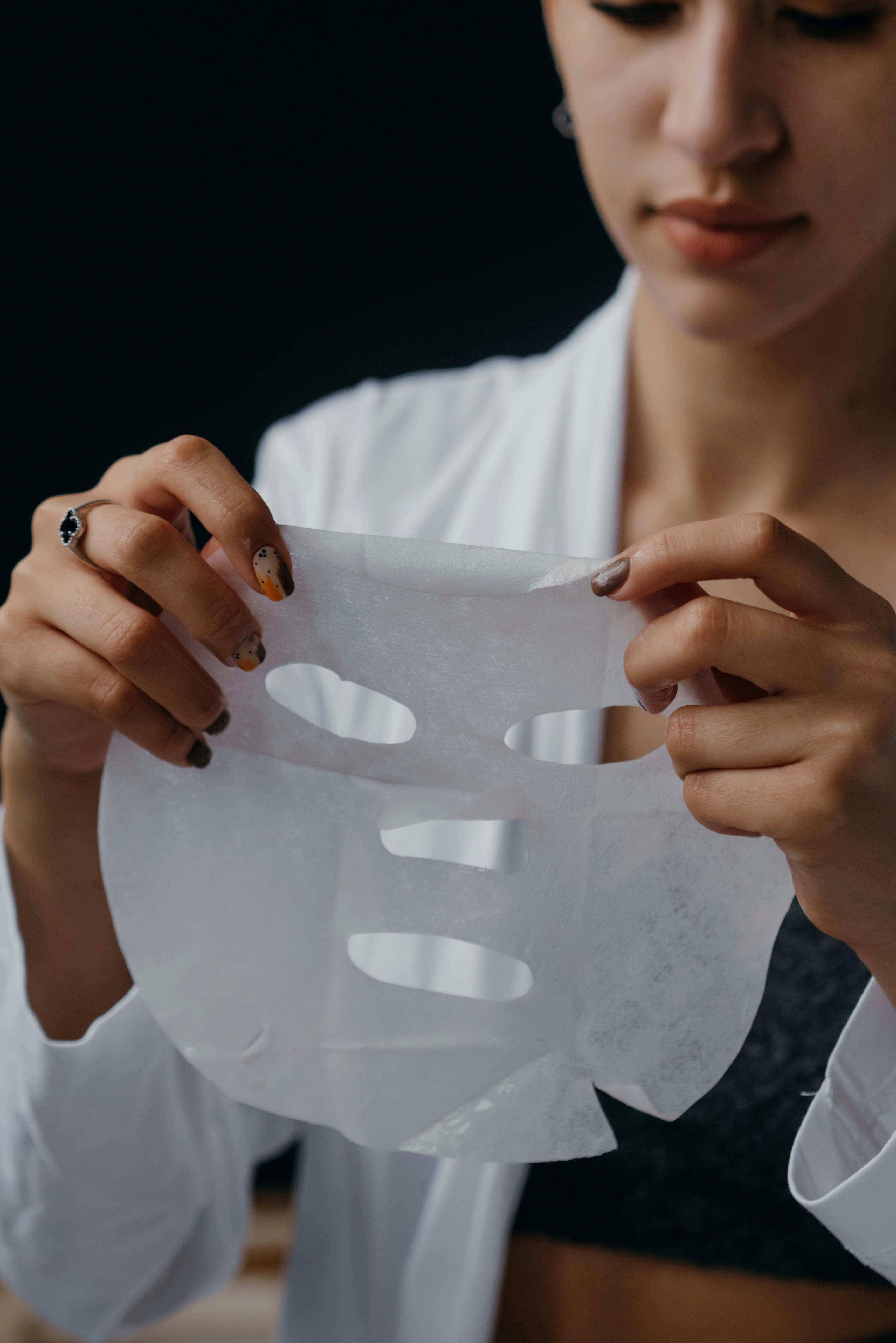Mani-Pedis: The Art and Science of Nail Care
Manicures and pedicures, often affectionately referred to as "mani-pedis," have become a staple in the beauty and self-care routines of millions worldwide. These treatments, which involve the grooming and beautification of fingernails and toenails, have a rich history dating back thousands of years. From ancient Egyptian nobility to modern-day spa-goers, people have long recognized the importance of well-maintained nails as a sign of health, cleanliness, and style. Today, the mani-pedi industry has evolved into a sophisticated blend of artistry and science, incorporating cutting-edge technologies, innovative products, and skilled techniques to deliver results that go far beyond simple nail polish application.

The Modern Mani-Pedi Experience
Today’s mani-pedi experience is a far cry from its ancient predecessors. Modern nail salons offer a wide array of services, from basic nail shaping and polish application to elaborate nail art and specialized treatments. A typical mani-pedi session might include soaking the hands and feet, exfoliating dead skin, trimming and shaping the nails, addressing cuticles, massaging the hands and feet, and applying polish or other nail enhancements. Many salons also offer additional services such as paraffin treatments, hot stone massages, and aromatherapy to enhance the relaxation aspect of the experience.
The Science Behind Healthy Nails
While the aesthetic aspects of mani-pedis are often the primary focus, there’s a significant scientific component to nail care. Nails are made of a protein called keratin, the same material that forms hair and the outer layer of skin. Understanding the structure and growth patterns of nails is crucial for maintaining their health and appearance. Factors such as diet, hydration, and overall health can significantly impact nail strength and appearance. Professional nail technicians are often trained in recognizing signs of nail health issues, making mani-pedis not just a cosmetic treatment but also a potential early warning system for certain health conditions.
Innovative Technologies in Nail Care
The nail care industry has seen numerous technological advancements in recent years. One of the most significant innovations has been the development of gel polish, which offers a longer-lasting, chip-resistant alternative to traditional nail lacquer. UV and LED lamps are now commonplace in salons, used to cure gel polishes and other nail enhancements. Another notable advancement is the rise of “dip powder” systems, which provide a durable finish without the need for UV light curing. Additionally, 3D printing technology has made its way into nail art, allowing for the creation of intricate, custom-designed nail accessories.
The Rise of Nail Art as a Form of Self-Expression
Nail art has evolved from simple designs to complex, miniature works of art adorning fingertips and toes. This trend has given rise to a new breed of nail artists who specialize in creating elaborate, often themed designs that reflect personal style, cultural influences, or even current events. Social media platforms like Instagram have played a significant role in popularizing nail art, with nail artists and enthusiasts sharing their creations with global audiences. This has led to the emergence of nail art as a legitimate form of creative expression, with some designs even being featured in art galleries and fashion shows.
The Environmental Impact of the Nail Industry
As awareness of environmental issues grows, the nail care industry has been forced to confront its environmental impact. Traditional nail polishes often contain harmful chemicals that can be detrimental to both human health and the environment. In response, many brands have developed “3-free,” “5-free,” or even “10-free” formulations, eliminating common toxins like formaldehyde, toluene, and DBP. There’s also a growing trend towards more sustainable packaging and eco-friendly salon practices, such as using biodegradable nail files and implementing water-saving techniques.
Cultural Variations in Nail Care Practices
While mani-pedis have become a global phenomenon, there are interesting cultural variations in nail care practices around the world. In Japan, for instance, nail art often incorporates elements of traditional Japanese art and culture, resulting in intricate designs featuring cherry blossoms, calligraphy, or anime characters. In the Middle East, henna designs are sometimes incorporated into nail art, blending traditional and modern aesthetics. Understanding these cultural nuances is increasingly important for nail technicians working in diverse communities or catering to international clientele.
The Psychology of Nail Care
The act of getting a mani-pedi goes beyond mere grooming; it often serves as a form of self-care and stress relief. The tactile experience of having one’s hands and feet pampered can be deeply relaxing and meditative. Moreover, the visual satisfaction of well-groomed nails can boost confidence and self-esteem. Some psychologists have even suggested that the colors and designs people choose for their nails can reflect their personality traits or current emotional states, adding an interesting psychological dimension to nail care choices.
The Future of Mani-Pedis
As we look to the future, the mani-pedi industry shows no signs of slowing down. Emerging trends include the use of AI and augmented reality to preview nail designs before application, the development of “smart” nail polishes that change color based on temperature or UV exposure, and the integration of nail care into overall wellness routines. There’s also a growing focus on personalization, with some high-end salons offering bespoke nail treatments tailored to individual nail types and concerns.
In conclusion, the world of mani-pedis is a fascinating blend of art, science, and culture. From its ancient roots to its high-tech present and future, nail care continues to evolve, reflecting broader trends in beauty, technology, and society. As we continue to seek new ways to express ourselves and care for our bodies, the humble mani-pedi remains a small but significant canvas for creativity, self-care, and personal style.




